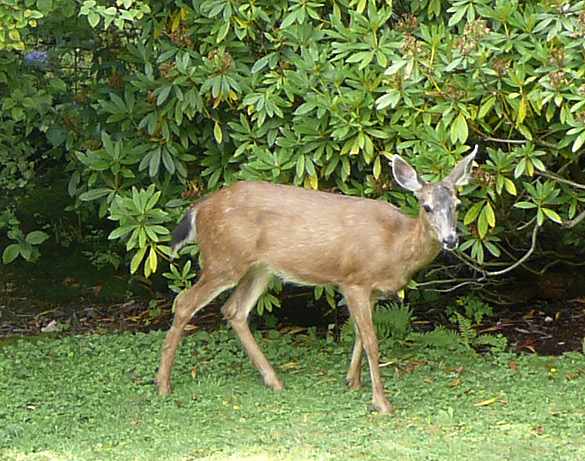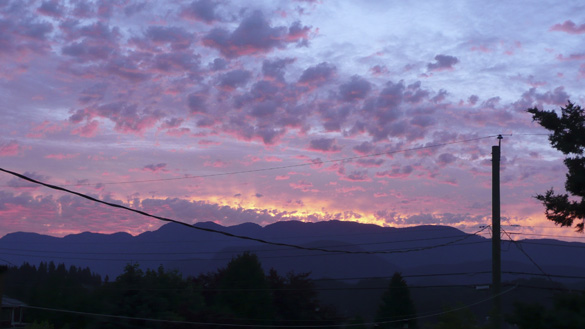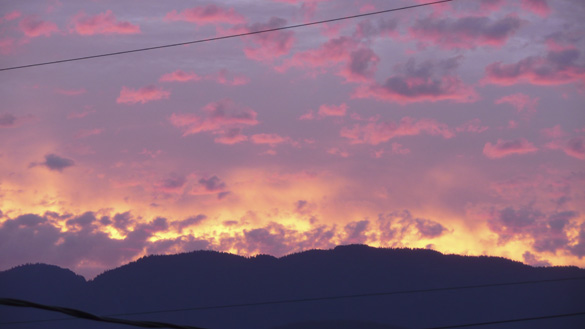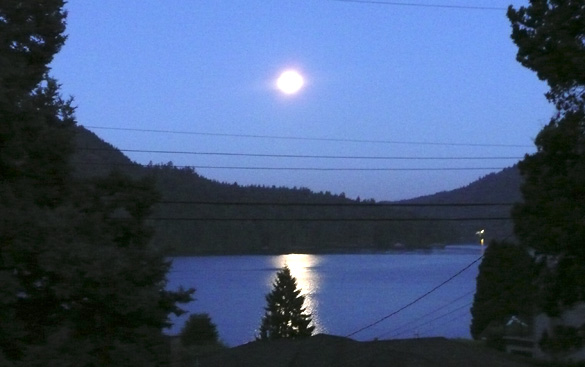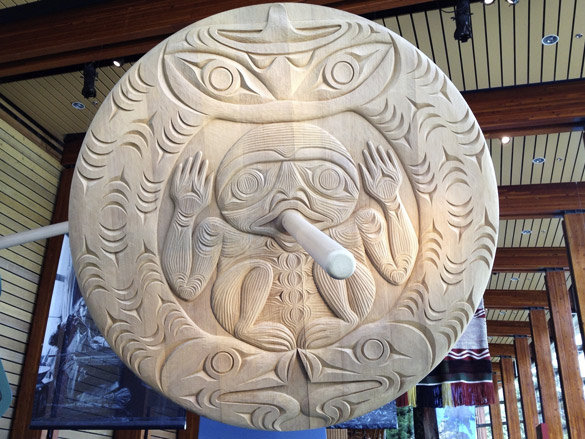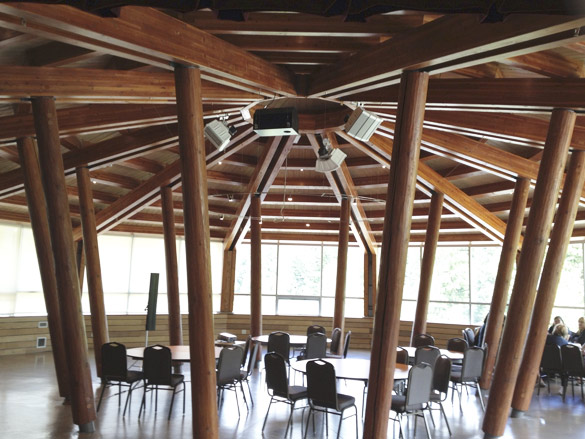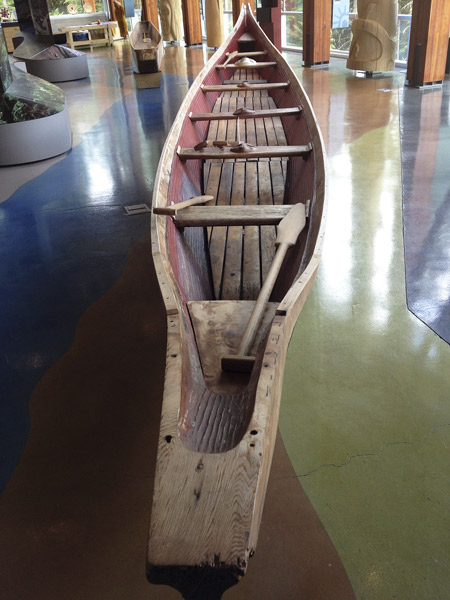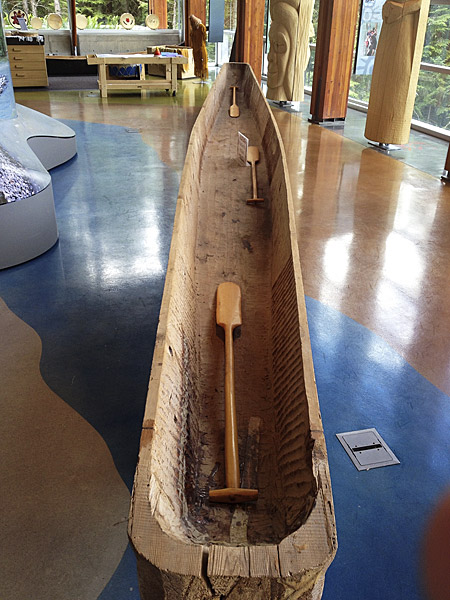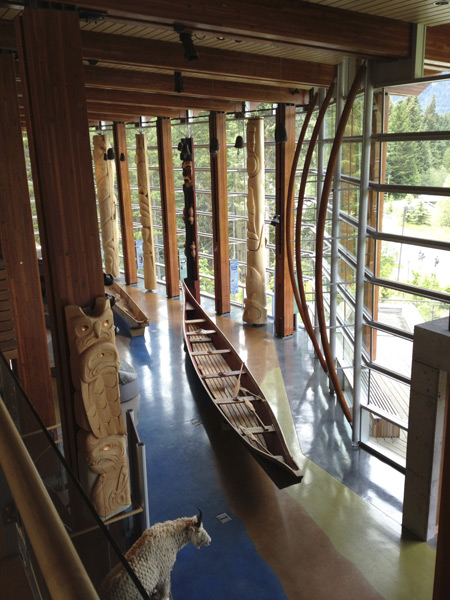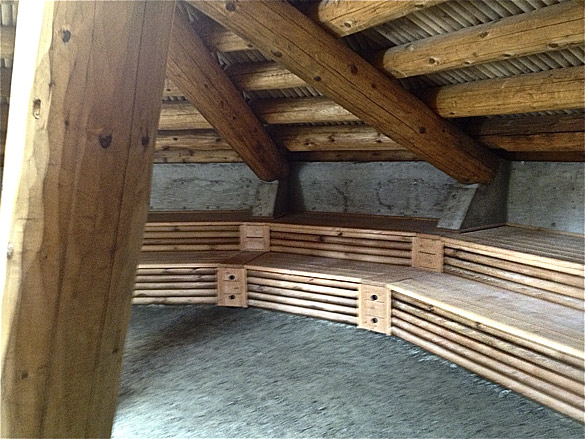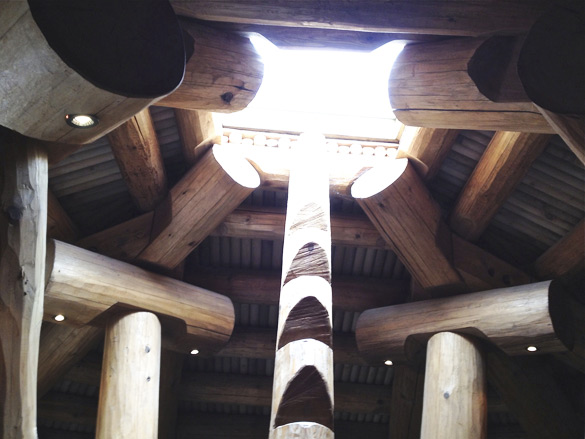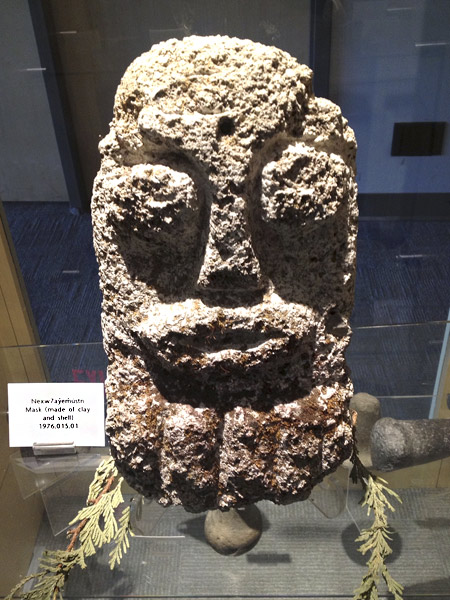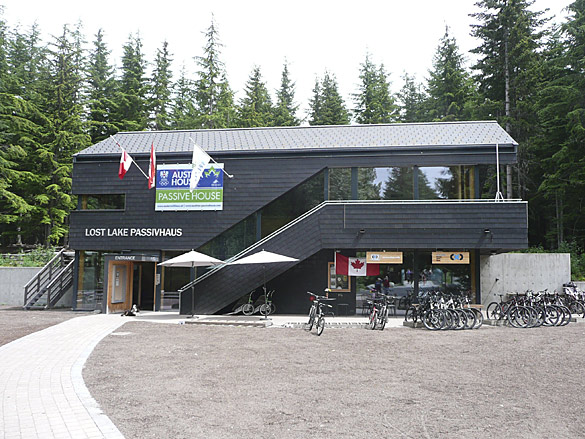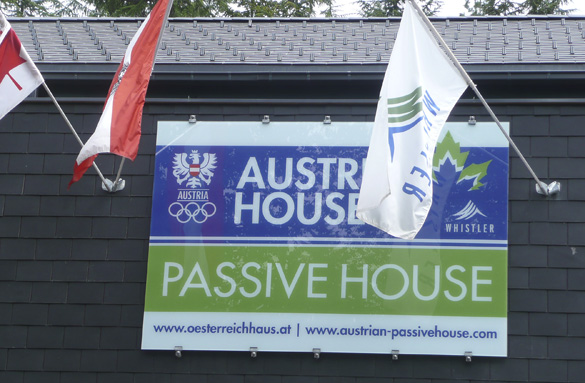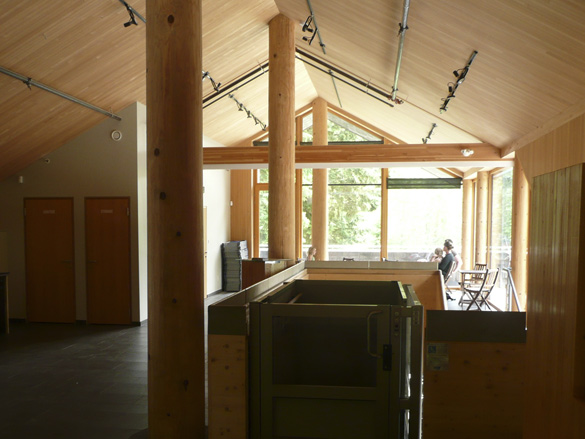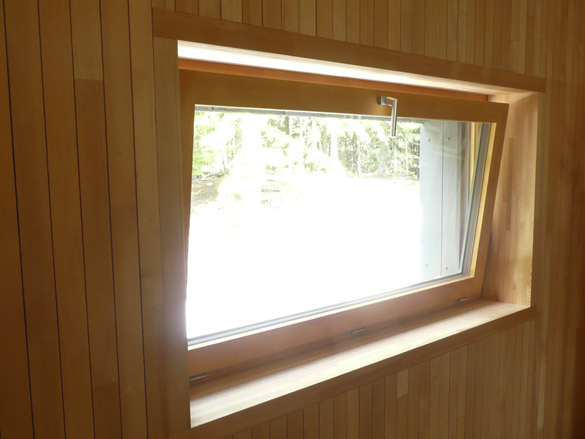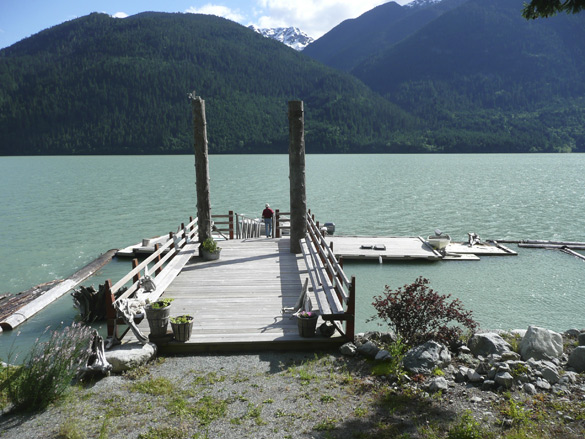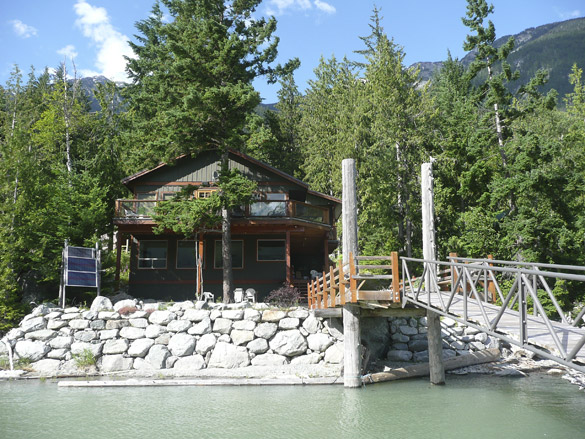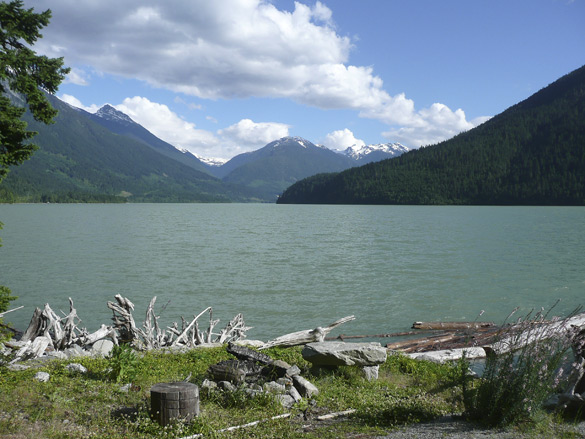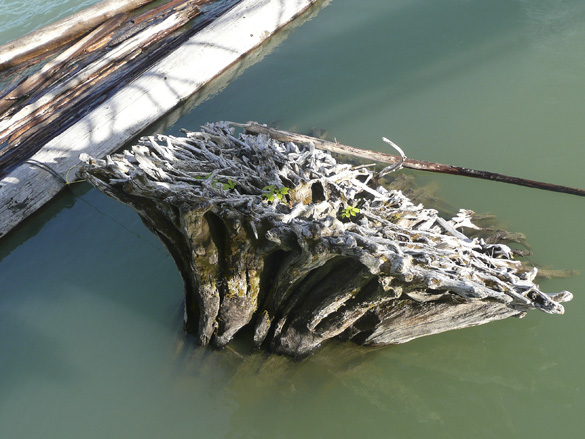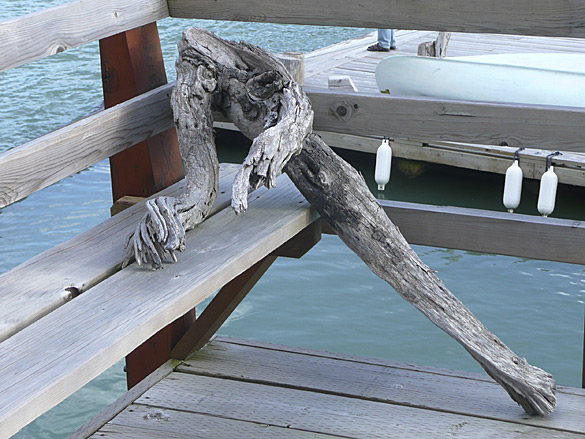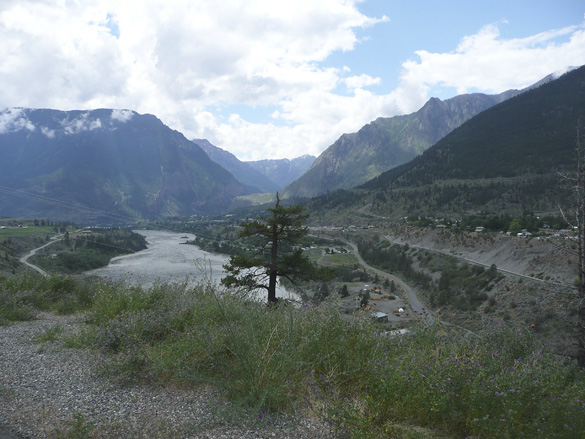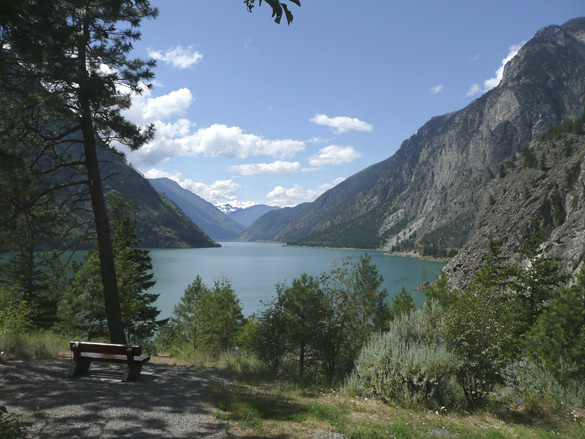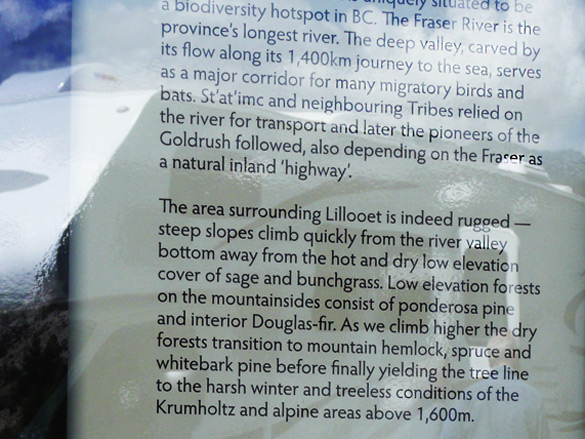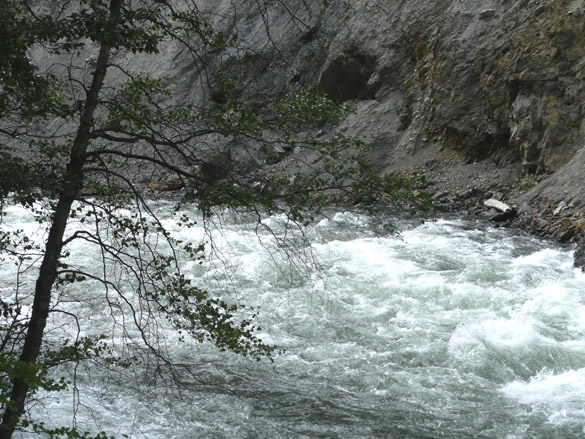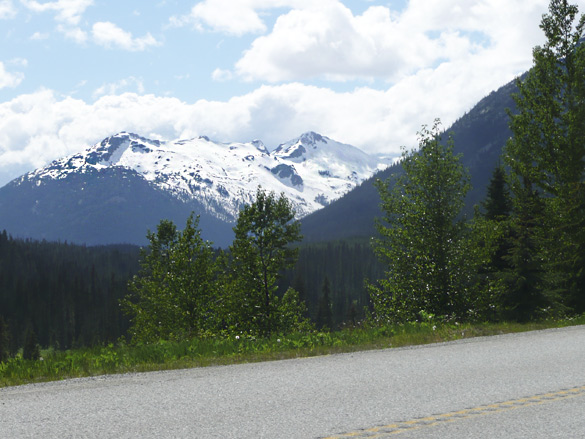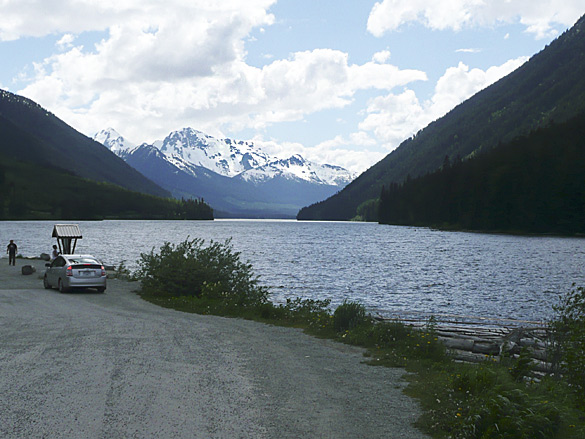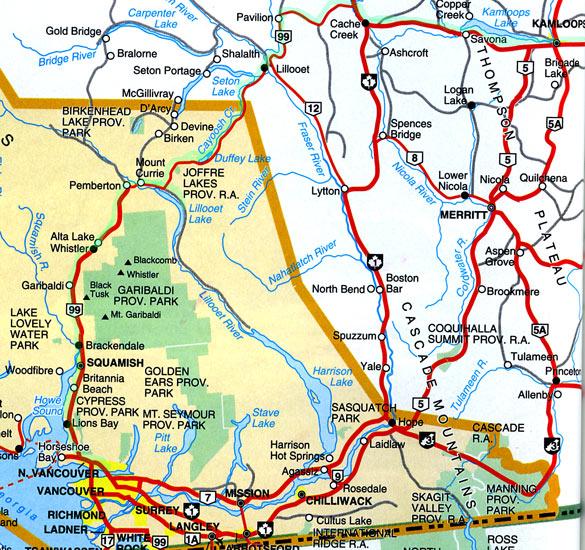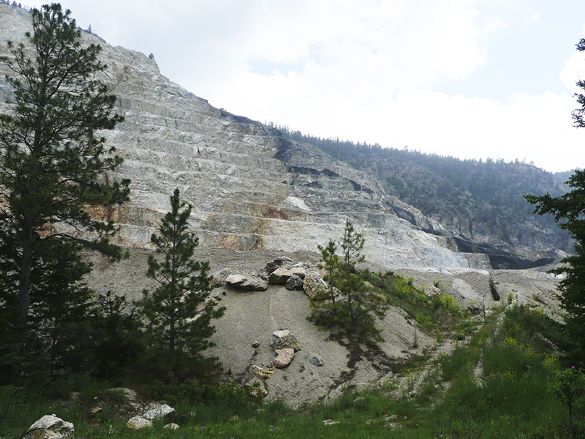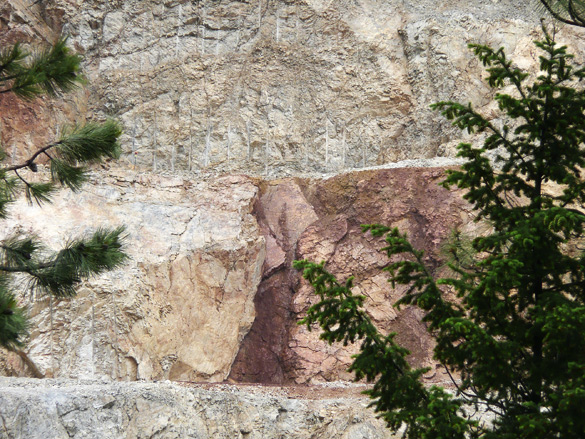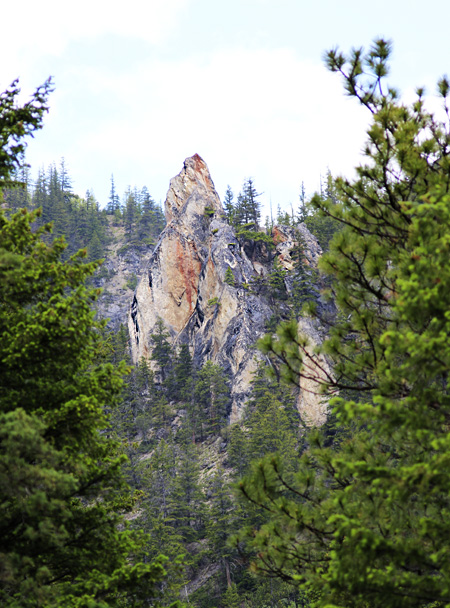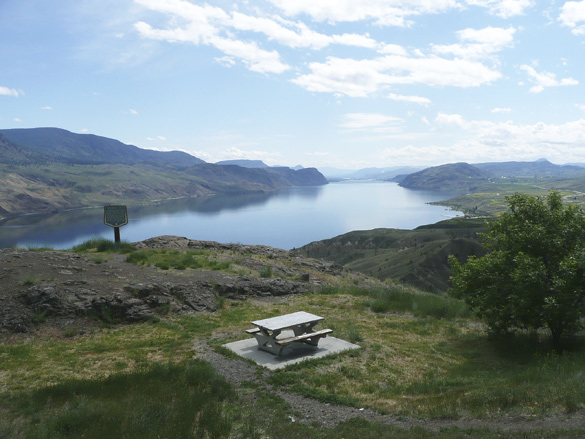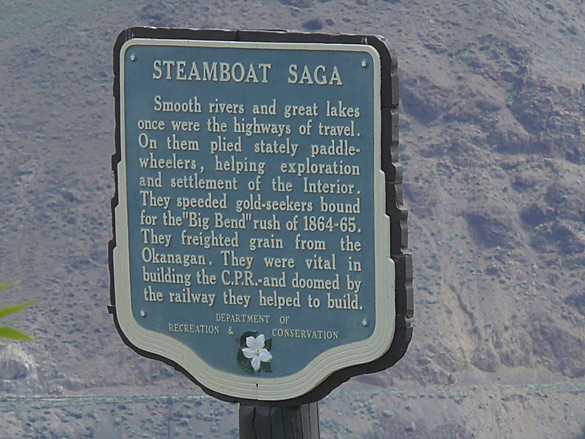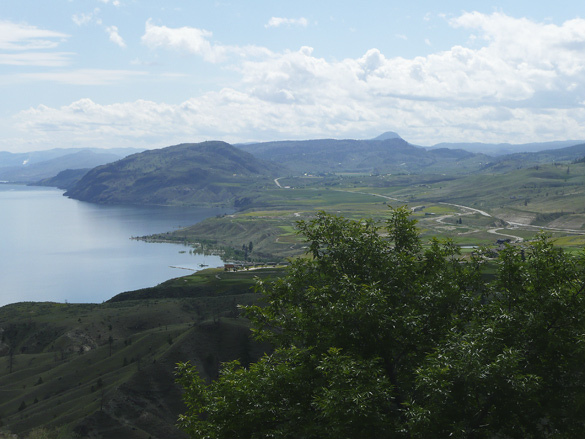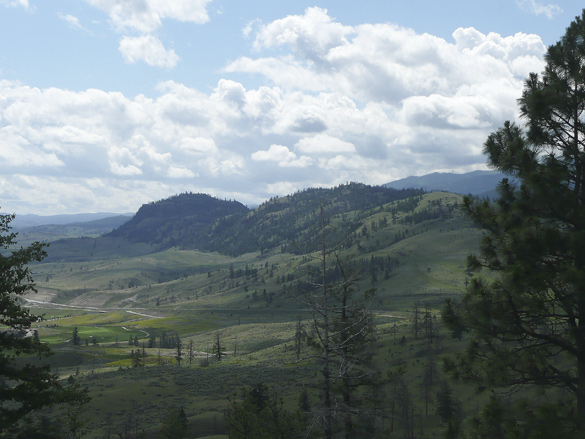by the sea
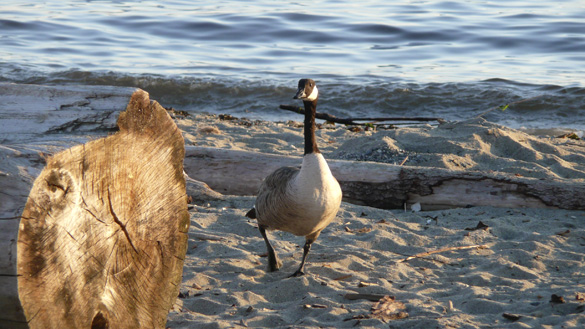

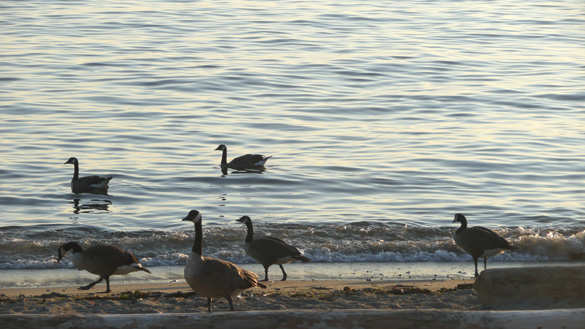
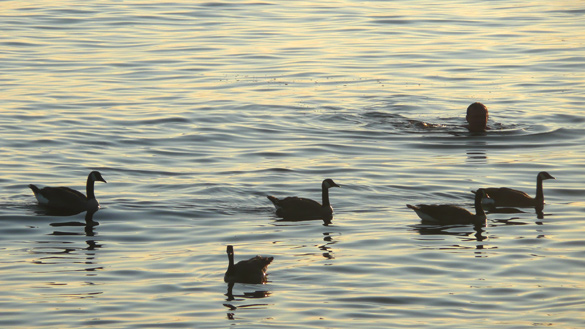
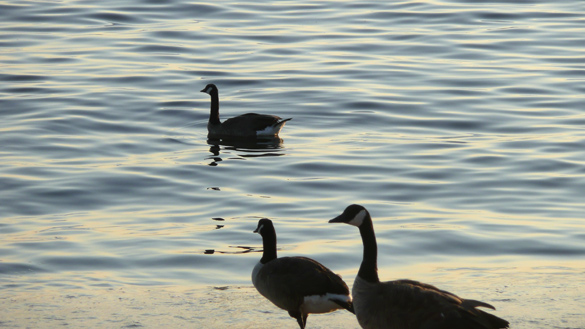
This past Saturday afternoon we had an enjoyable visit at the lovely new home of friends in West Vancouver. Afterwards the two of us made a spur of the moment decision of have dinner on the sidewalk patio of one restaurant in the charming Dundarave community. Afterwards we stopped at Ambleside Park for a stroll by the sea. The sun was low in the sky, the air was balmy but not at all hot with no wind. Many boats and some ships out on English Bay. People were still enjoying their picnics, children played in the playground, on the sand and in the ocean.
We stopped for a bit on a bench to watch this world go by. A lone goose on the beach spotted us and began to walk up to us. A young family with a little boy in stroller joined us. The friendly goose came right up to the boy, probably hoping for a snack. Disappointed, it turned back towards the water’s edge. Meanwhile a whole gaggle of geese further down the beach marched or swam to join him. We even spotted a human swimmer amongst them. A delightful evening in a favourite spot.
